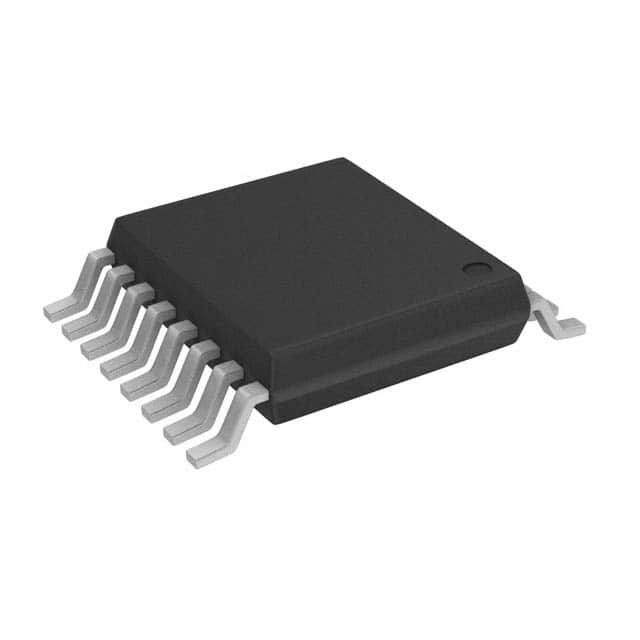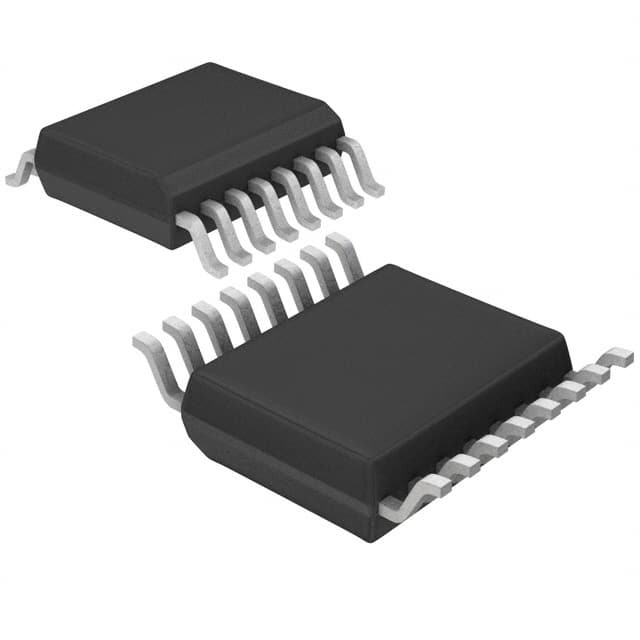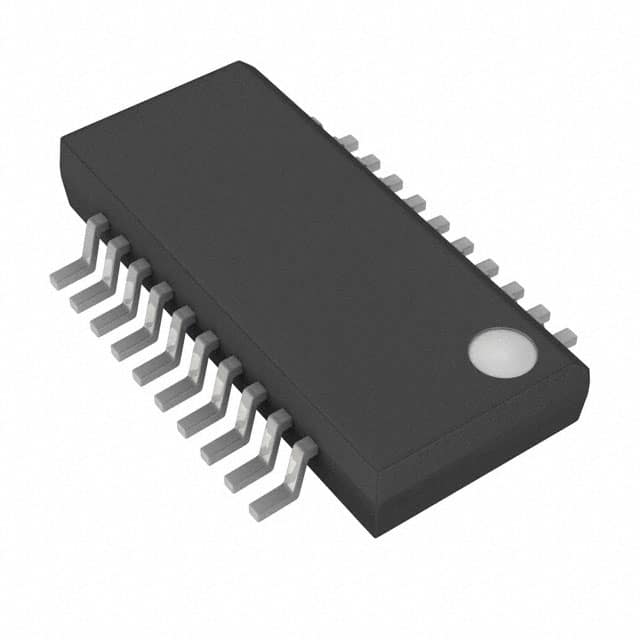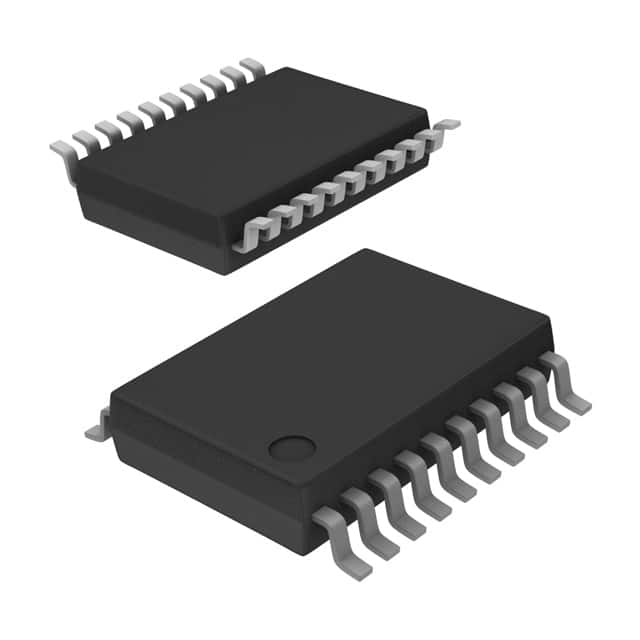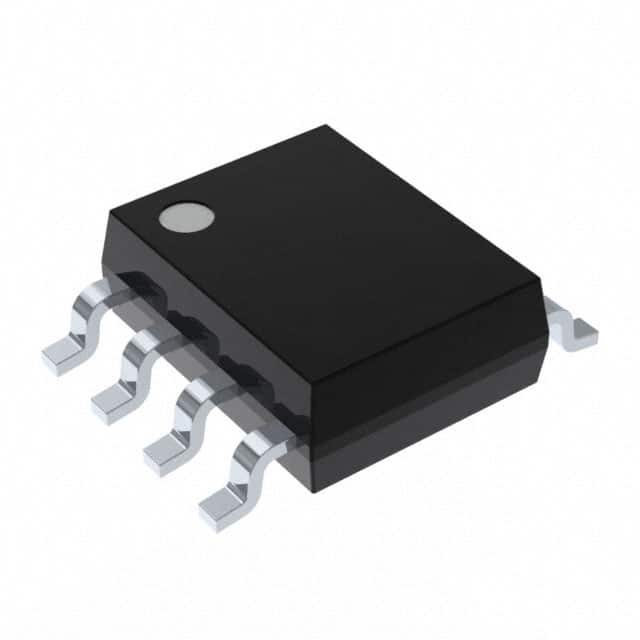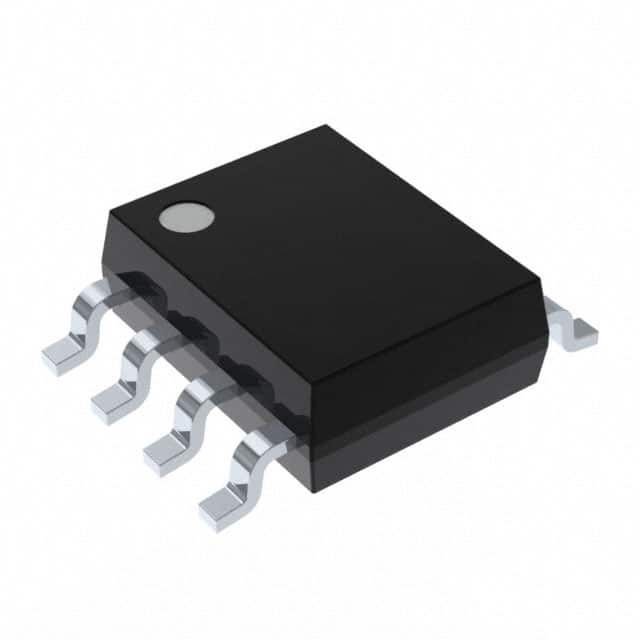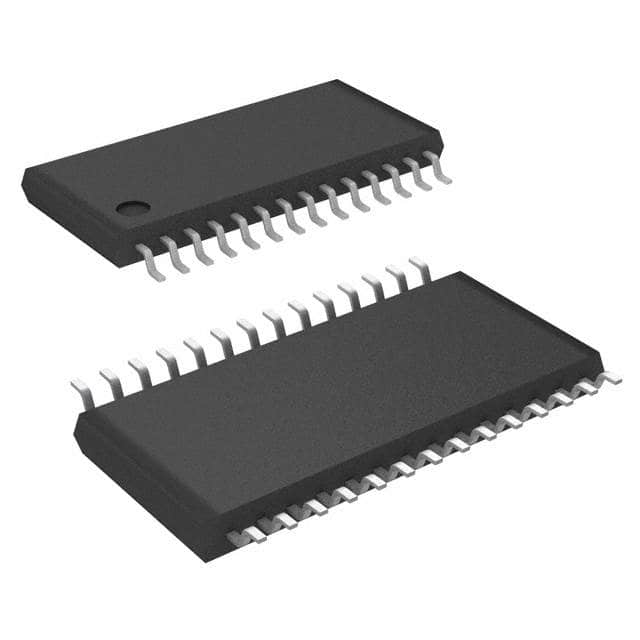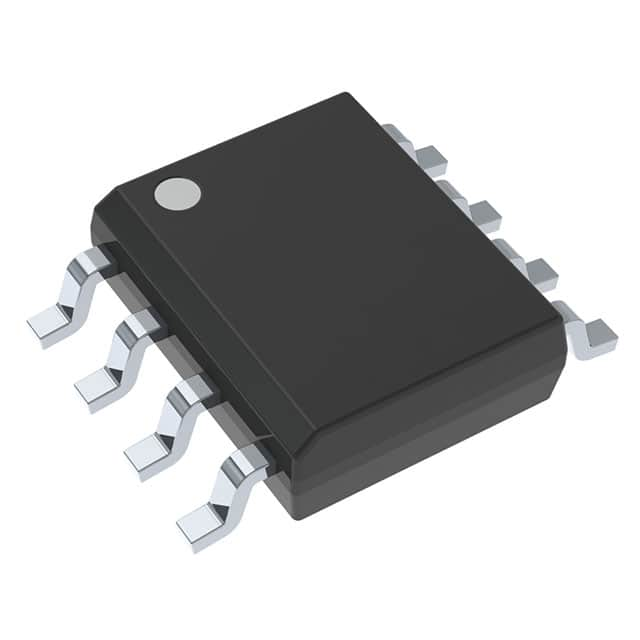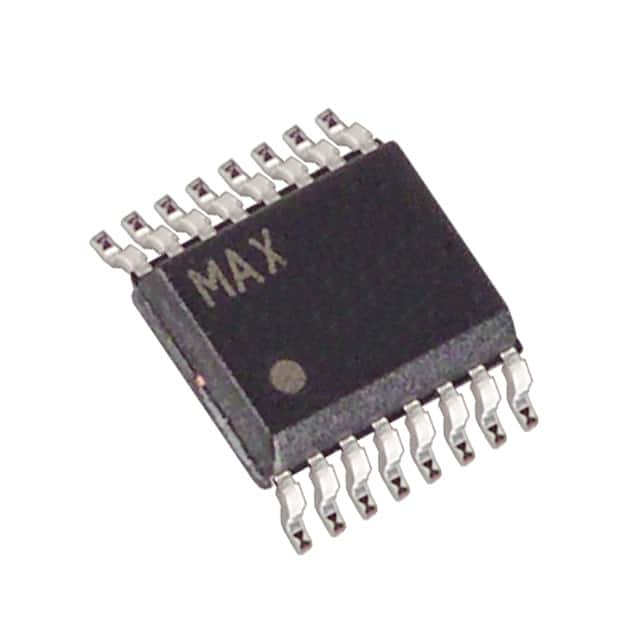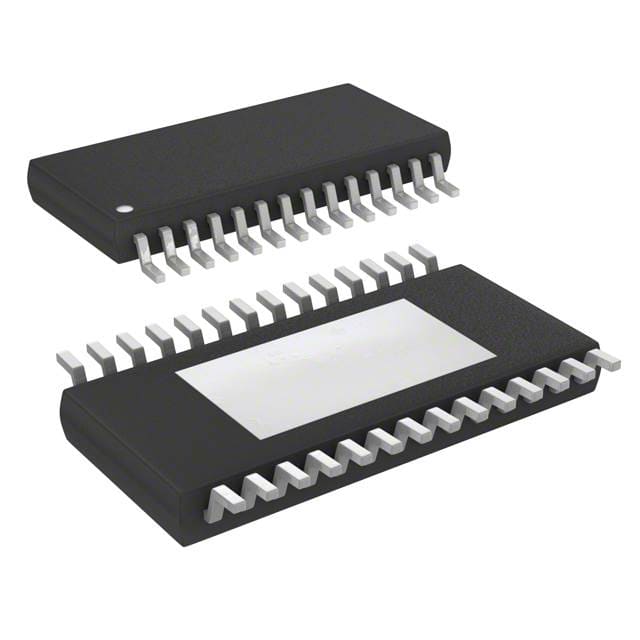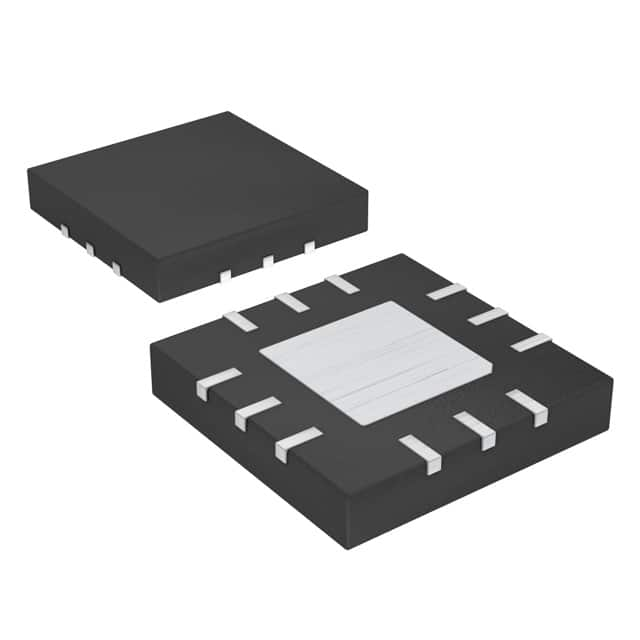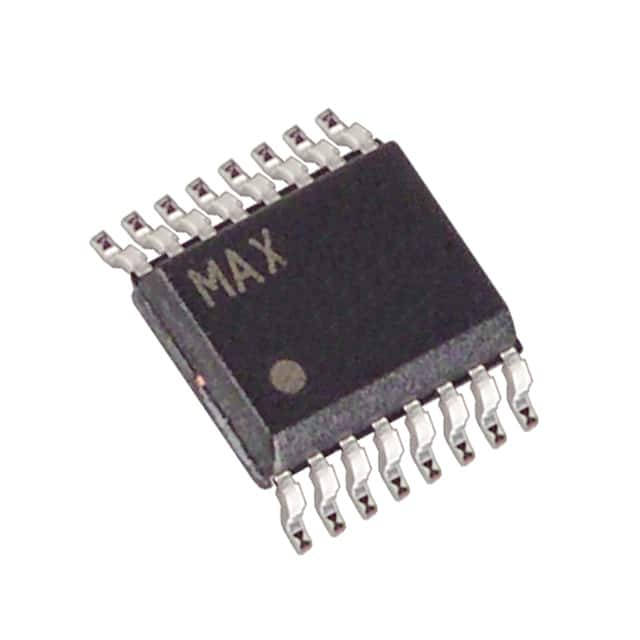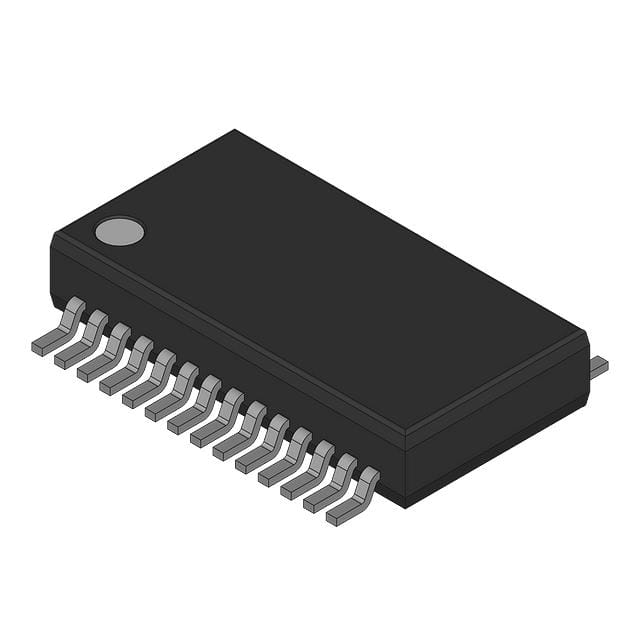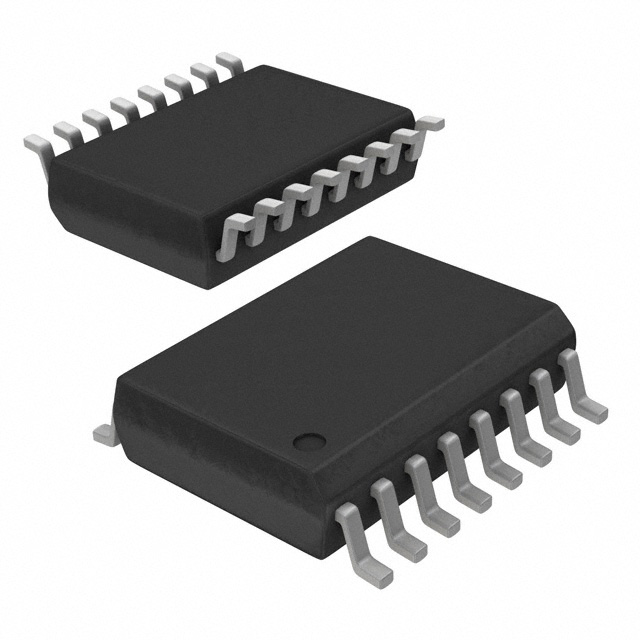MX7705EUE+ Product Introduction:
Maxim Integrated Part Number MX7705EUE+(Data Acquisition - Analog to Digital Converters (ADC)), developed and manufactured by Maxim Integrated, distributed globally by Jinftry. We distribute various electronic components from world-renowned brands and provide one-stop services, making us a trusted global electronic component distributor.
MX7705EUE+ is one of the part numbers distributed by Jinftry, and you can learn about its specifications/configurations, package/case, Datasheet, and other information here. Electronic components are affected by supply and demand, and prices fluctuate frequently. If you have a demand, please do not hesitate to send us an RFQ or email us immediately sales@jinftry.com Please inquire about the real-time unit price, Data Code, Lead time, payment terms, and any other information you would like to know. We will do our best to provide you with a quotation and reply as soon as possible.
Introducing the Maxim Integrated MX7705EUE+, a versatile and high-performance analog-to-digital converter (ADC) that is designed to meet the demanding requirements of various applications. With its exceptional features and capabilities, this ADC is the perfect solution for a wide range of industries.
The MX7705EUE+ boasts a 16-bit resolution, ensuring accurate and precise conversion of analog signals into digital data. Its low power consumption and high-speed conversion rate make it ideal for applications that require both efficiency and speed. Additionally, this ADC offers a wide input voltage range, allowing it to handle signals from various sources.
One of the standout features of the MX7705EUE+ is its integrated programmable gain amplifier (PGA), which enables users to adjust the gain of the input signal to suit their specific needs. This flexibility makes it suitable for applications that require signal conditioning or amplification.
The MX7705EUE+ finds its application in a multitude of fields. It is particularly well-suited for industrial automation, where it can be used for data acquisition, process control, and monitoring systems. It is also an excellent choice for medical devices, such as patient monitoring equipment, where accuracy and reliability are paramount. Furthermore, this ADC can be utilized in automotive applications, such as sensor interfaces and battery management systems.
In conclusion, the Maxim Integrated MX7705EUE+ is a highly versatile and feature-rich ADC that offers exceptional performance and flexibility. Its wide range of applications, combined with its outstanding features, make it an indispensable tool for engineers and designers in various industries.
Analog to digital Converters (ADCs) are electronic devices used to convert continuously varying Analog signals into discrete Digital signals. This process usually includes three steps: sampling, quantization and coding. Sampling means capturing the instantaneous value of an analog signal at a fixed frequency; Quantization approximates these transient values to the nearest discrete level; Finally, the encoding converts the quantized value into binary numeric form.
Application
ADCs(Analog-to-digital Converters) is widely used in a variety of scenarios, such as audio and video recording, measuring instruments, wireless communications, medical devices, and automotive electronics. For example, in audio devices, the ADC is responsible for converting the sound signal captured by the microphone into a digital format for easy storage and transmission.
FAQ about Data Acquisition - Analog to Digital Converters (ADC)
-
1.
How many types of ADC are there?
The types of ADC (Analog-to-Digital Converter) mainly include:
1. Integral ADC: Its working principle is to convert the input voltage into time (pulse width signal) or frequency (pulse frequency), and then obtain the digital value by the timer/counter. The advantage of the integral ADC is that it can obtain high resolution with a simple circuit and has strong anti-interference ability, but the disadvantage is that the conversion rate is extremely low because the conversion accuracy depends on the integration time.
2. Successive approximation type (SAR ADC): The successive approximation ADC is one of the most common architectures. Its basic principle is to convert by gradually approximating the value of the analog input signal. The advantages of the successive approximation ADC are high speed and low power consumption. It is cheap at low resolution, but expensive at high precision.
3. Parallel comparison type/serial-parallel comparison type ADC: The parallel comparison type AD uses m
-
2. What process converts analog to digital?
There are three basic processes for analog to digital conversion:
The first process is "sampling", which is to extract the sample value of the analog signal at equal intervals to turn the continuous signal into a discrete signal.
The second process is called "quantization", which is to convert the extracted sample value into the closest digital value to represent the size of the extracted sample value.
The third process is "encoding", which is to represent the quantized value with a set of binary digits. After these three processes, the digitization of the analog signal can be completed. This method is called "pulse encoding".
After the digital signal is transmitted to the receiving end, a restoration process is required, that is, the received digital signal is converted back to an analog signal so that it can be understood by the receiver. This process is called "digital-to-analog conversion", which reproduces it as sound or image.
-
3. What is the difference between ADC and DAC?
The main difference between ADC and DAC is that they process different types of signals and conversion directions.
The main function of an ADC (analog-to-digital converter) is to convert analog signals into digital signals. This process involves sampling, quantization, and encoding, where sampling is the periodic measurement of the value of an analog signal at a certain sampling rate, quantization is the conversion of the sampled continuous values into a finite number of discrete levels, and encoding is the conversion of the quantized discrete levels into binary code. The output of the ADC is a digital signal that can be processed and stored by a computer or other digital circuit for various applications such as digital signal processing, data logging, and communications. Common applications in life include microphones, digital thermometers, digital cameras, etc., which convert the actual perceived analog information into digital signals for further processing and analysis12.
DAC (
 Lead free / RoHS Compliant
Lead free / RoHS Compliant



